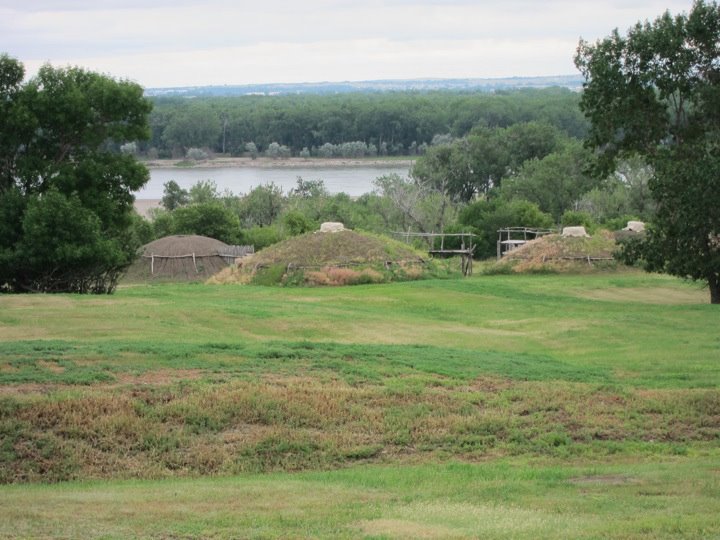
It’s easy to forget in our lawyered up society that some lessons are timeless and based on basic rules of fairness. Like the matter of intellectual property and what is and is not “free” on the Internet.
I was reminded of this during a visit to a reconstructed Mandan Indian village in North Dakota. (Yes, North Dakota — I’m trying to hit all 50 states and I’ve got just three left.)
The interpreter was describing the daily lives of the villagers who lived there 400 years ago and showing us various artifacts. He picked up a replica of a fabric pouch with an intricate pattern woven into it. He invited us to imagine a young girl who might have crafted and worn such an object.
He asked, what if an older woman in the village saw it and admired the pattern? This is where I wince, thinking we’re about to hear a disheartening tale of matriarchal rule, where the old woman takes the pouch as her own, leaving the young girl in tears.
But the story doesn’t go that way. Apparently if the woman wanted to use the pattern she had to not only ask the girl’s permission, but she was required by custom to compensate her in some form.
Amazing! The very foundation of intellectual property law. If you want to use something that I created, you need to give me something in return. A simple principle that’s sometimes lost when we talk about music or images or other things so easily found on the Internet.
Maybe it’s because I’m engaged to an IP lawyer (yeah, that just happened), but I’m always careful about the images I use here and elsewhere in presentations and things. Adding visual flair to a blog post or PowerPoint is not a simple matter of Googling and dragging and dropping.
If you want some tips on how to find and use images in a way that respects the creator’s rights, check out this earlier post of mine: How to Find Beautiful FREE Images for Your Next Presentation.
In that spirit, the photo here was used with permission, as it was taken by me.
